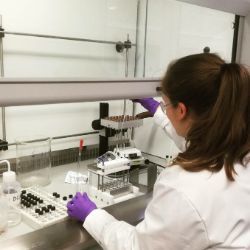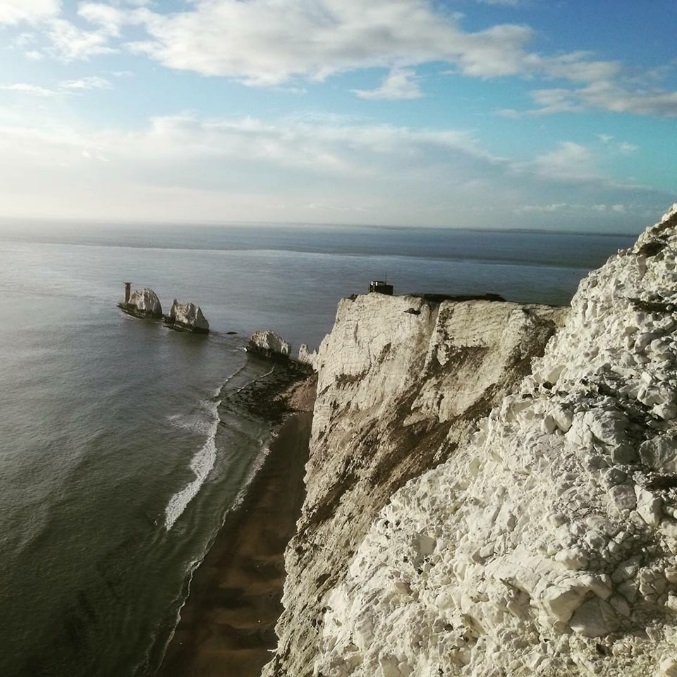
I work with a PhD at CEED, University of Oslo, where I am part of the team “Earth Crisis”. We look into periods of Earth’s evolution with big climatic and biotic changes, even mass extinctions. Such periods have occurred repeatedly throughout Earth’s history, and they can be linked to massive volcanic events termed “large igneous provinces”. I work with the latest of these big events, a period called the Paleocene-Eocene Thermal Maximum (PETM), which were coeval with the emplacement of the enormous North Atlantic igneous province. The PETM was an extreme and prolonged global warming event with a surge in atmospheric greenhouse gas concentrations causing a temperature increase of 5-8°C. This was accompanied by large changes to the Ocean-Atmosphere systems, though mainly affecting the marine ecosystems through ocean acidification, changing ocean circulation, and anoxic deep-sea conditions. By investigating the triggers and feedbacks of such past climatic changes, we can better understand future response to the current anthropogenic CO2 emissions. The PETM is therefore particularly interesting, as it is a relatively recent carbon induced hyperthermal event, which is well preserved in the rock record, and therefore a good analogue to the present and future situations.

In my PhD I focus on an area in Denmark were marine sediments deposited during this period are preserved. By studying the local conditions here, I hope to understand the processes involved in the oceanic response to high increase in carbon emission. I therefore wanted to do some analyses of the organic material in the sediments, as these organisms record the conditions in the oceans at the time when they were alive. I particularly wanted to look into a specific type of algae lipid (cell membrane) that will grow differently depending on the ocean temperature, and can therefore be used as an indicator of palaeotemperatures. This method is called TEX86 and is a highly specialised procedure that cannot be done in any other lab. Luckily, I got in touch with Prof. Jessica Whiteside at the National Oceanographic Centre in Southampton (NOCS), who offered to let me come and visit her lab.
Thanks to the DEEP grant, I was able to stay in Southampton for six week, which enabled me not only to work with TEX86, but I could also do additional analyses of other biomarkers. This has told me a lot about the conditions in the ocean at the time, and some of the results have already been presented at the EGU 2018 conference. I wish to thank DEEP for this great opportunity to broaden my scientific expertise, as well as giving me the chance to meet new friends and possible collaborators for future Projects.